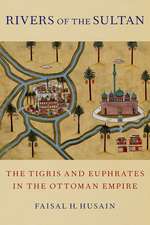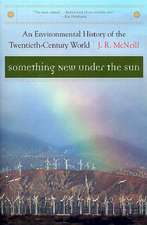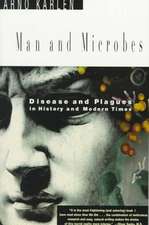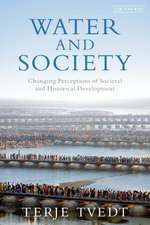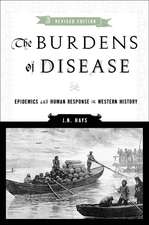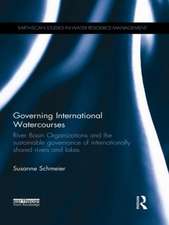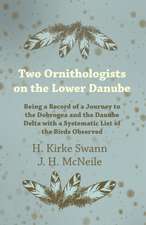The Rhine – An Eco–Biography, 1815–2000: Weyerhaeuser Environmental Books
Autor Mark Cioc, William Crononen Limba Engleză Paperback – 8 ian 2006
Din seria Weyerhaeuser Environmental Books
-
 Preț: 182.30 lei
Preț: 182.30 lei -
 Preț: 200.90 lei
Preț: 200.90 lei -
 Preț: 148.45 lei
Preț: 148.45 lei -
 Preț: 200.64 lei
Preț: 200.64 lei -
 Preț: 200.75 lei
Preț: 200.75 lei -
 Preț: 237.45 lei
Preț: 237.45 lei -
 Preț: 284.21 lei
Preț: 284.21 lei -
 Preț: 233.76 lei
Preț: 233.76 lei -
 Preț: 235.34 lei
Preț: 235.34 lei -
 Preț: 232.45 lei
Preț: 232.45 lei -
 Preț: 228.59 lei
Preț: 228.59 lei -
 Preț: 239.75 lei
Preț: 239.75 lei -
 Preț: 231.46 lei
Preț: 231.46 lei -
 Preț: 228.96 lei
Preț: 228.96 lei -
 Preț: 224.72 lei
Preț: 224.72 lei -
 Preț: 227.62 lei
Preț: 227.62 lei -
 Preț: 233.37 lei
Preț: 233.37 lei - 23%
 Preț: 651.12 lei
Preț: 651.12 lei -
 Preț: 225.71 lei
Preț: 225.71 lei -
 Preț: 227.62 lei
Preț: 227.62 lei -
 Preț: 235.34 lei
Preț: 235.34 lei -
 Preț: 239.16 lei
Preț: 239.16 lei -
 Preț: 232.45 lei
Preț: 232.45 lei -
 Preț: 232.23 lei
Preț: 232.23 lei -
 Preț: 226.67 lei
Preț: 226.67 lei -
 Preț: 234.73 lei
Preț: 234.73 lei -
 Preț: 229.55 lei
Preț: 229.55 lei -
 Preț: 219.46 lei
Preț: 219.46 lei -
 Preț: 218.62 lei
Preț: 218.62 lei -
 Preț: 439.38 lei
Preț: 439.38 lei
Preț: 200.36 lei
Nou
38.34€ • 40.13$ • 31.91£
Carte disponibilă
Livrare economică 10-24 martie
Livrare express 21-27 februarie pentru 26.34 lei
Specificații
ISBN-10: 0295985003
Pagini: 280
Ilustrații: 43 illustrations, maps
Dimensiuni: 164 x 228 x 18 mm
Greutate: 0.37 kg
Editura: MV – University of Washington Press
Seria Weyerhaeuser Environmental Books
Recenzii
Descriere
The River Rhine is Europes most important commercial waterway, channeling the flow of trade among Switzerland, France, Germany, and the Netherlands. In this innovative study, Mark Cioc focuses on the river from the moment when the Congress of Vienna established a multinational commission charged with making the river more efficient for purposes of trade and commerce in 1815. He examines the engineering and administrative decisions of the next century and a half that resulted in rapid industrial growth as well as profound environmental degradation, and highlights the partially successful restoration efforts undertaken from the 1970s to the present.The Rhine is a classic example of a multipurpose river - used simultaneously for transportation, for industry and agriculture, for urban drinking and sanitation needs, for hydroelectric production, and for recreation. It thus invites comparison with similarly over-burdened rivers such as the Mississippi, Hudson, Colorado, and Columbia. The Rhines environmental problems are, however, even greater than those of other rivers because it is so densely populated (50 million people live along its borders), so highly industrialized (10% of global chemical production), and so short (775 miles in length).Two centuries of nonstop hydraulic tinkering have resulted in a Rhine with a sleek and slender profile. In their quest for a perfect canal-like river, engineers have modified it more than any other large river in the world. As a consequence, between 1815 and 1975, the river lost most of its natural floodplain, riverside vegetation, migratory fish, and biodiversity. Recent efforts to restore that biodiversity, though heartening, can have only limited success because so many of the structural changes to the river are irreversible.The Rhine: An Eco-Biography, 1815-2000 makes clear just how central the river has been to all aspects of European political, economic, and environmental life for the past two hundred years.Mark Cioc is professor of history at the University of California, Santa Cruz. He is the author of Pax Atomica: The Nuclear Defense Debate in West Germany during the Adenauer Era.
Notă biografică
Cuprins
Foreword
Acknowledgments
Introduction
Europe's "World River"
Water Sorcery
The Carboniferous Rhine
Sacrificing a River
Biodiversity Lost
A River Restored?
Conclusion
Notes
Bibliography
Index



